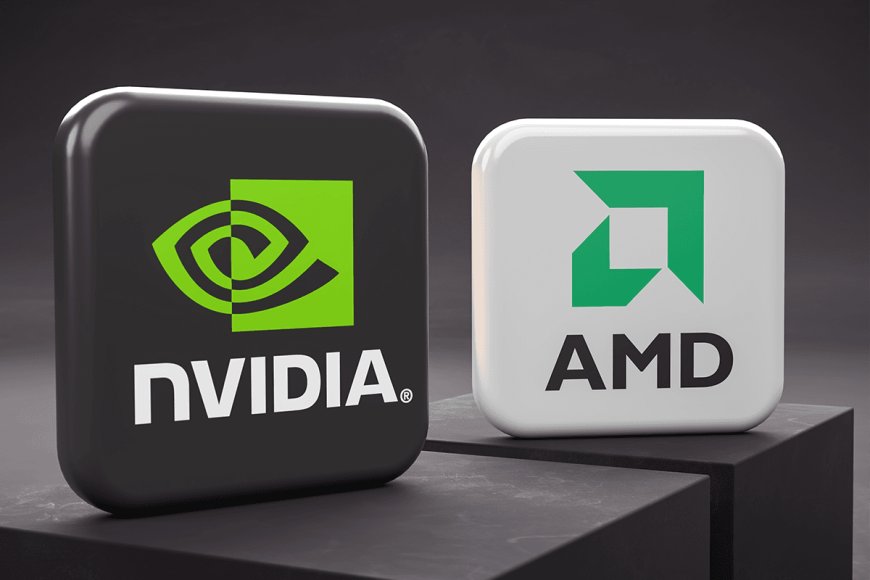Nvidia and AMD Agree to Channel 15% of China Chip Revenue to U.S. Government
Nvidia and AMD will contribute 15% of their China chip sales revenue to the U.S. government to support domestic semiconductor initiatives amid geopolitical tensions.

In an unprecedented move with far-reaching implications for the global semiconductor industry, Nvidia and AMD have agreed to allocate 15% of their chip sales revenue from China directly to the U.S. federal government. This landmark deal underscores growing geopolitical tensions and signals an evolving strategy to bolster American economic and national security interests amid fierce competition with China.
Details of the Agreement
Under the new arrangement finalized this week, the two leading semiconductor companies will remit a fixed percentage of their China-derived revenue to the U.S. Treasury. This revenue-sharing model aims to support federal programs focused on advancing domestic chip manufacturing, research and development, and safeguarding supply chains.
Sources within the industry describe the agreement as part of a broader push by Washington to harness the economic power of multinational corporations operating in strategic sectors to fund initiatives that reduce reliance on foreign technology.
Background: U.S.-China Semiconductor Tensions
The semiconductor sector has become a key battleground in the ongoing trade and technology rivalry between the United States and China. Both countries vie for dominance in advanced chip design and manufacturing, essential for everything from consumer electronics to defense systems.
In recent years, the U.S. government has imposed export controls, tightened investment regulations, and enacted legislation such as the CHIPS and Science Act to stimulate domestic chip production. This deal with Nvidia and AMD represents a novel financial approach to reinforce these efforts.
Impact on Nvidia and AMD
Nvidia and AMD, major players in graphics processing units (GPUs) and high-performance computing chips, generate substantial revenue from their Chinese markets. While the 15% revenue contribution will affect profit margins, company representatives have indicated a willingness to cooperate with government policies aligned with national security and economic goals.
Analysts suggest the move could prompt adjustments in pricing strategies, supply chain logistics, and corporate governance to accommodate the new fiscal requirements.
Government and Industry Perspectives
U.S. officials view the agreement as a critical step toward securing technology leadership and protecting critical infrastructure. A senior administration official stated, “This partnership ensures that a portion of the profits made in China directly supports American innovation and resilience.”
Industry experts highlight that while this approach introduces new financial obligations, it may also create incentives for semiconductor firms to invest more heavily in domestic capabilities and innovation.
Global Market and Geopolitical Implications
The deal adds a complex layer to the already tense U.S.-China economic relationship. China, which has aggressively pursued self-sufficiency in semiconductor technology, may respond with countermeasures affecting market access and supply chains.
Global chip supply chains are highly interconnected, and shifts in trade dynamics can influence pricing, availability, and technological development worldwide.
What to Watch Next
Stakeholders will be monitoring how Nvidia and AMD implement the revenue-sharing mechanism and its impact on their financial results. Additionally, other semiconductor companies and strategic sectors may face similar arrangements as the U.S. government explores innovative methods to strengthen economic security.
The coming months will reveal how this agreement affects the broader technology ecosystem and U.S.-China relations in high-tech industries.











